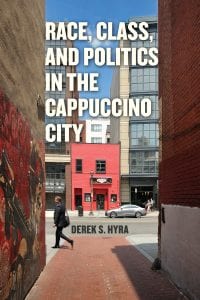
University of Chicago Press Books.
To longtime residents of Washington, D.C., the findings presented in Derek Hyra’s Race, Class, and Politics in the Cappuccino City—that gentrifying neighborhoods’ racial and economic diversity does not translate into integration—is likely not surprising.
As an organizer with Organizing Neighborhood Equity (ONE DC), a grassroots community organization working for racial and economic equity, and based in D.C.’s Shaw neighborhood, I’ve witnessed firsthand how a community can be “diverse” in name only.
The Black patrons inside Wanda’s Hair Salon or chatting outside Sammy’s carry-out do not generally have meaningful interactions and relationships with the young white professionals who are lined up around the same block to patronize the Game of Thrones-themed bar. We might all be moving through the same space, but integrated we are not. Hyra’s findings in Cappuccino City present a needed challenge to the neo-liberal rhetoric that has dominated housing policy for the last few decades—that demolishing public and subsidized housing and replacing it with “mixed-income” privatized housing will combat the concentration of poverty through economic and racial integration.
Based on years of ethnographic research, Hyra’s Race, Class, and Politics in the Cappuccino City provides an in-depth look at gentrification in the Shaw neighborhood. For those new to either D.C. or to gentrification scholarship, the book should be required reading. The first three chapters lay out the historical and current conditions in D.C. that have contributed to the non-stop growth we see today. He explores the rise and fall of D.C.’s Black political machine, exposing the differences between the District’s Black mayors, their relationships with the Black community, and how they’ve represented (or more often not represented) the working-class community’s interests.
Hyra also presents the complexity of the District’s relationship to the federal government and how our lack of home rule and representation has left us to the whims of interfering members of Congress. Hyra documents the transition of Shaw from a “dark ghetto,” an inner-city, poor Black community marked by disinvestment, to a “gilded ghetto,” a transformed urban space where upscale restaurants, luxury apartment buildings, and trendy bars proliferate through gentrification and decades of pro-development urban policy.
Readers might find Hyra’s concept of “living the wire” controversial. A nod to HBO’s The Wire, a series set in impoverished, high-crime Black neighborhoods in Baltimore, Hyra finds through his interviews and observations that many white newcomers to Shaw were drawn to the neighborhood because of “Black branding” and its notorious past of prostitution, open-air drug markets, and drive-by shootings.
Wait a minute. Is Hyra really saying white people came to Shaw because they wanted to live in a violent neighborhood? No, of course not. But the motivations behind wealthier, whiter people fleeing the stagnant, “soulless” suburbs in a “return to the city” movement cannot be ignored.
Despite devaluing Black lives, white supremacy has always found a way to capitalize on Black culture. It is this attraction to living in a historically Black neighborhood—to “Black cool,” that has drawn residents to Shaw. But although new residents may be consuming Black cool at places like Busboys & Poets, a hip, politically progressive restaurant-cafe on 14th St., for the most part, Hyra finds, newcomers ignore the existence and struggle of their actual poor and working-class Black neighbors.
Hyra puts forth a new framework to join the paradigms of the neo-liberal city, the global city, and the dual city by coining the term, “cappuccino city.” Historically Black D.C. may have been known as “Chocolate City,” but the influx of whiter, wealthier residents has diluted it to a “Cappuccino City.”
Hyra’s findings help us dispel the myth that gentrification creates economic and racial integration. For decades now, residents of public housing and low-income housing projects have fought the demolition of their homes and subsequent displacement. These destructive policies have been pushed forward in the name of breaking up concentrated poverty. Somehow, policymakers and government officials have bought the myth that simply by living next door to each other, wealthy white professionals will lift poor Black people out of poverty—serving as role models and handing out job referrals. Setting aside the racist absurdity of these theories, it’s more clear than ever that inequality in a capitalist system cannot be solved by moderate reforms.
Conversely, in discussing how we go about creating equitable communities, Hyra could have done a better job covering the third spaces that contribute to economic, racial, and political justice—the spaces where newcomers and longtime residents interact in meaningful ways. No, not the grocery store, but places like ONE DC, where social distance between the working class and the wealthy is crossed, and where people operate in the same space to build power with each other to organize for a more equitable city.
Some of the interactions in these spaces are difficult—as stories of displacement are shared and newcomers grapple with the consequences of individual choices. However, political education and organizing spaces can bring people to realize that displacement, gentrification, and our crisis of affordable housing cannot be explained by consumer preferences and markets. We exist in a capitalist system where housing is not built to fit our needs, it is created for profit, to generate wealth for a capitalist class of developers, investors, and real estate tycoons. Any solution to the crisis of affordable housing in D.C. (and throughout the country) must recognize and address this fundamental contradiction. Policy and programs that result in community control over housing should be prioritized— the preservation and construction of public housing for anyone who needs it, and investment in limited-equity housing cooperatives.
Race, Class, and Politics in the Cappuccino City contributes a nuanced perspective to the growing conversation on gentrification and displacement. Those who view themselves as saviors whose presence in a changing neighborhood will inevitably “make it better” will find themselves challenged; and those who have survived displacement will find themselves vindicated.

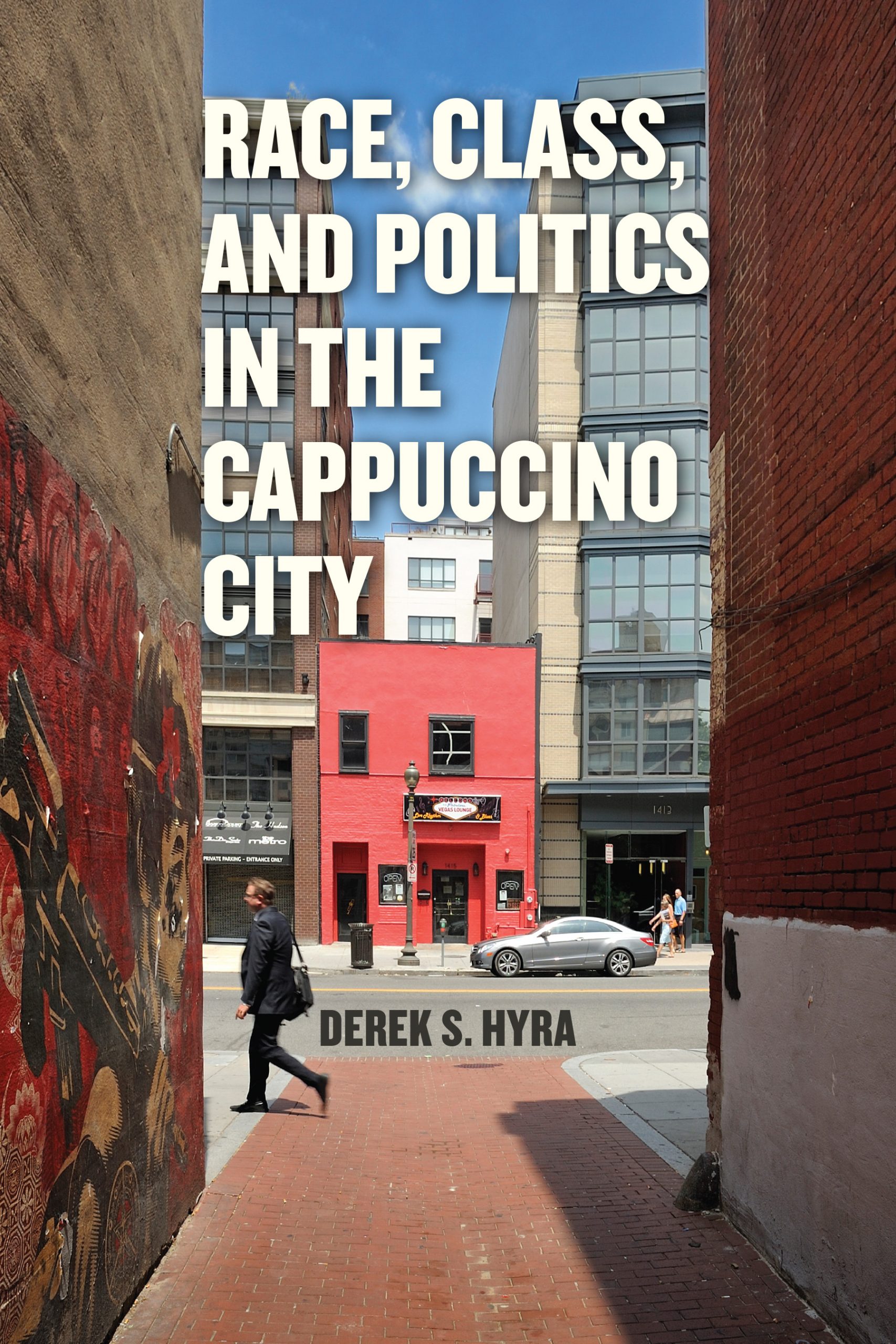

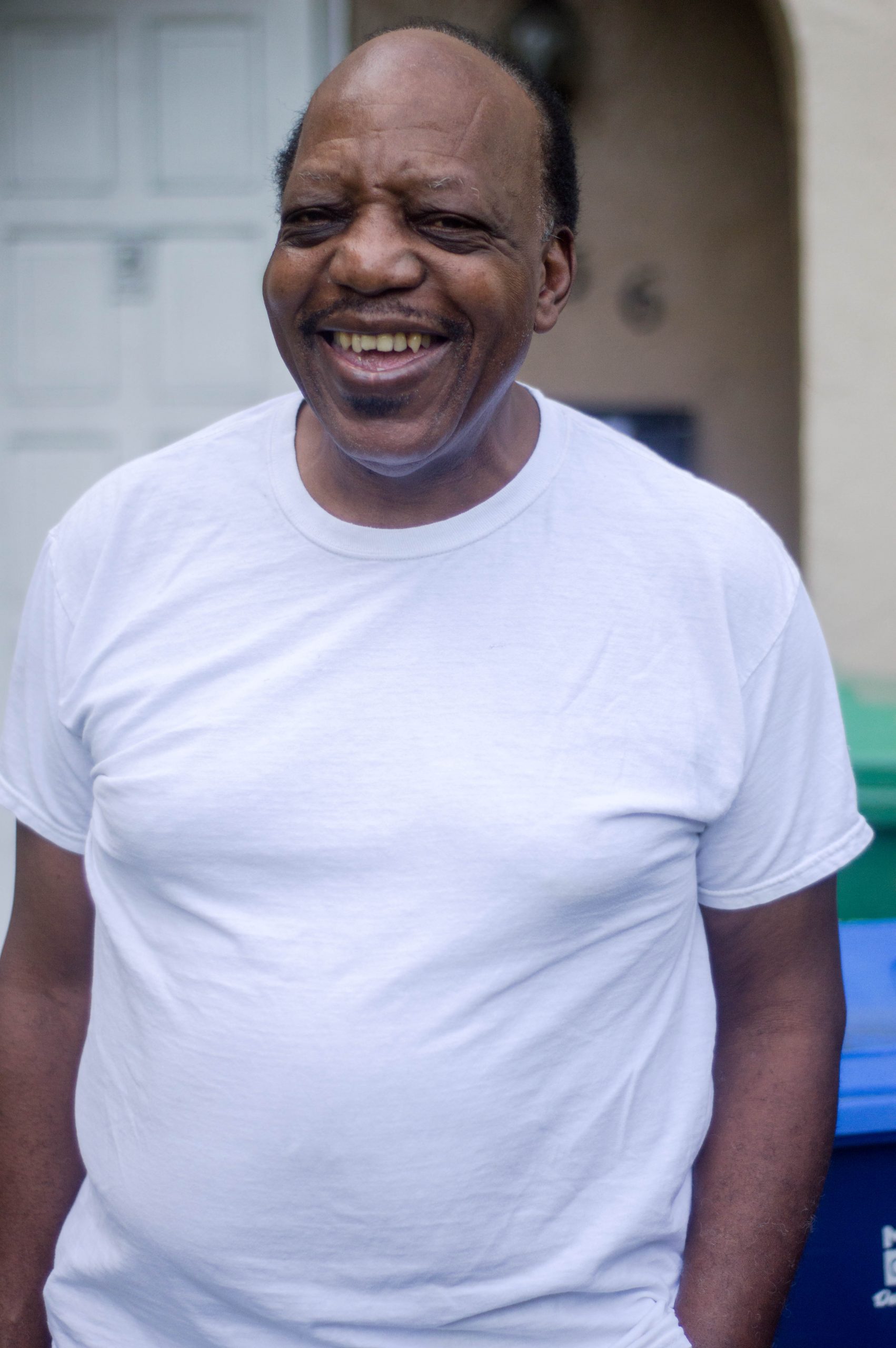
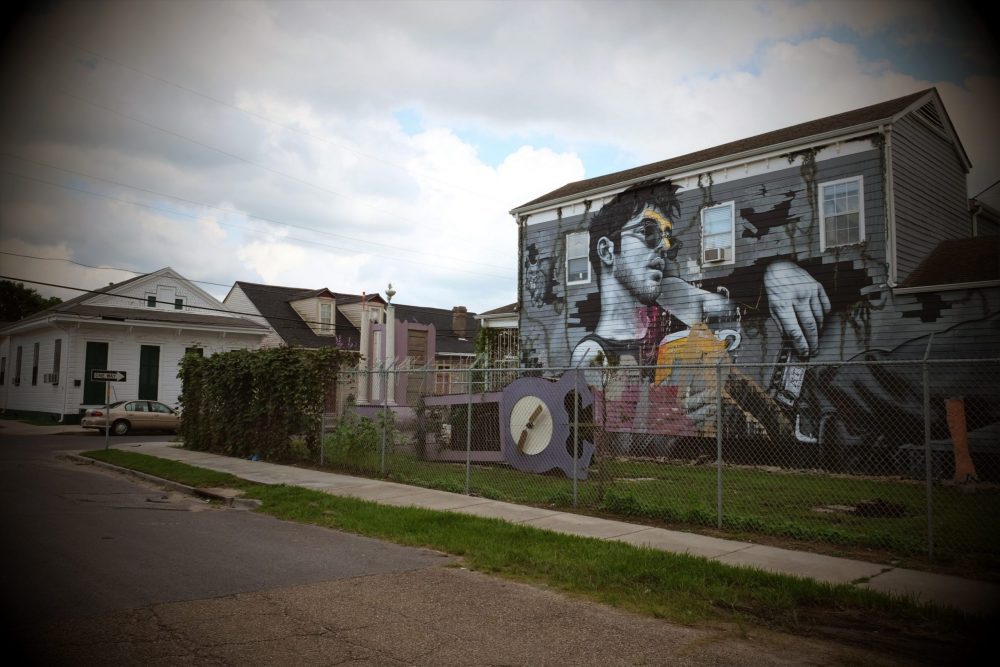
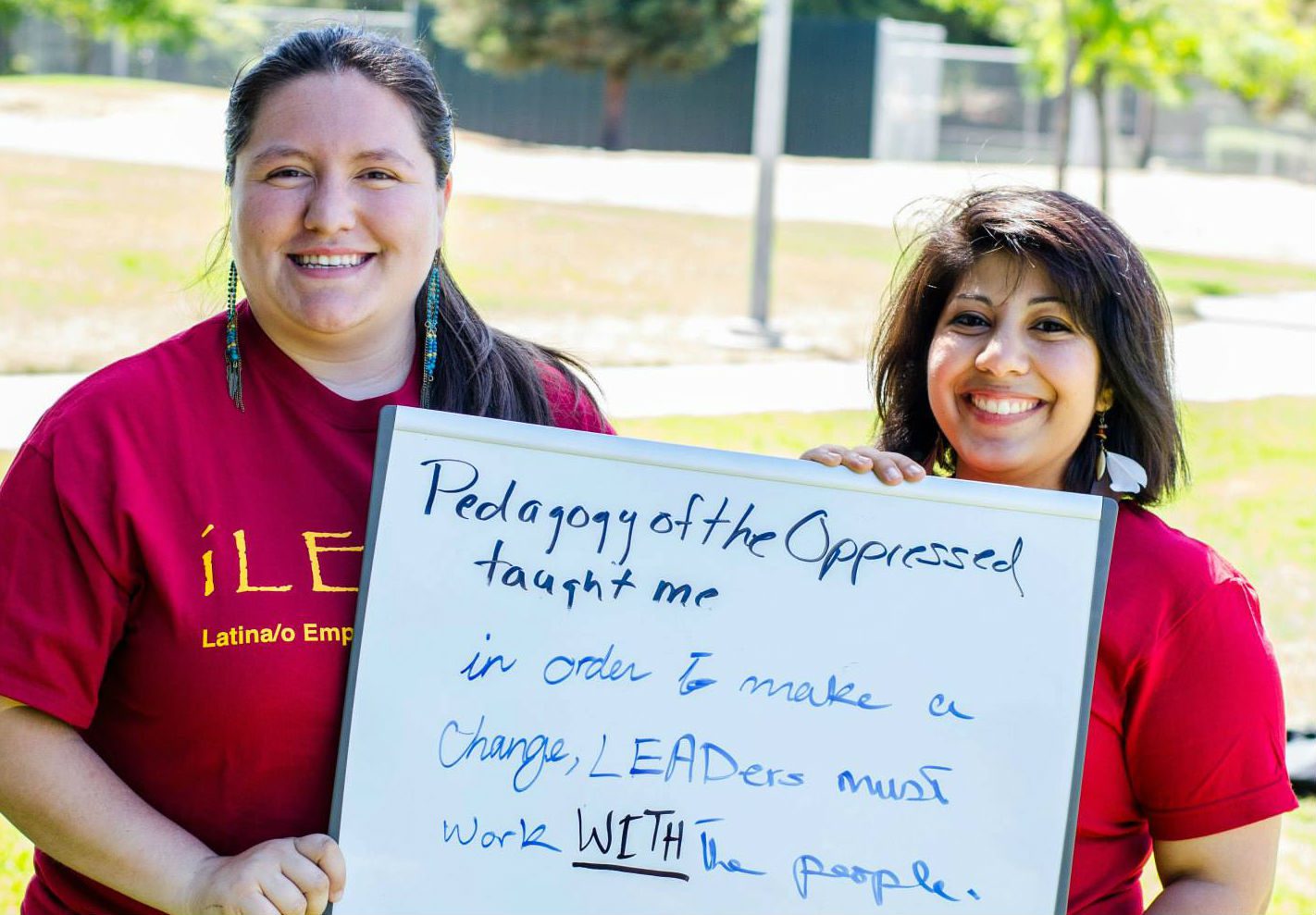
There seem to be two points to this article:
1. Integration doesn’t really integrate: even if people of different races and classes live near each other they don’t influence each other in any positive way.
2. Public housing is good.
I think each proposition is defensible, but I am not sure how they relate to each other. Am I missing something?
Good question! Public housing is often knocked down in the name of integration. So if integration is not in fact achieved through knocking down public housing, policy makers should stop using it as justification for wooing developers.